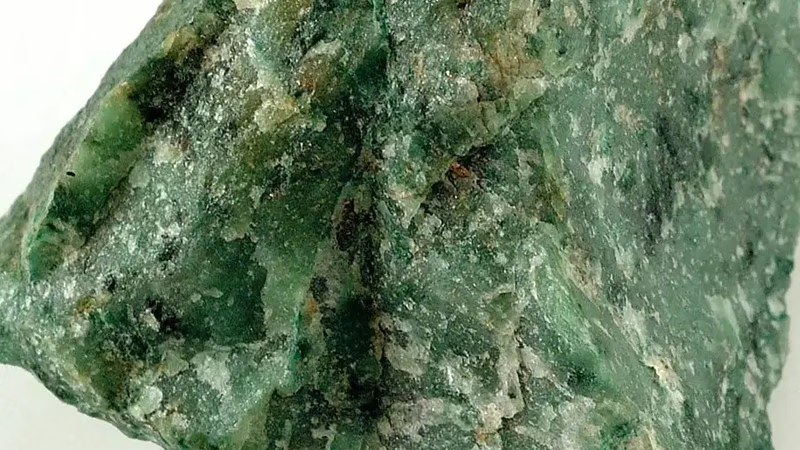
Proper care for jade jewelry ensures longevity and beauty.
Jade is a relatively durable gemstone, but it can be damaged by harsh chemicals found in household cleaners, bleach, and even some jewelry cleaning solutions. Avoid exposing your jade jewelry to these chemicals to prevent discoloration or etching of the stone. It's best to remove jade jewelry before engaging in activities that may expose it to potential damage. This includes household chores, working out, swimming, and using beauty products such as lotions and perfumes. Jade can be scratched or damaged by rough surfaces or sudden impacts.
It's generally best to avoid soaking jade in water or any cleaning solution for an extended period. Prolonged exposure to water can potentially damage the stone or loosen any adhesive used in the jewelry setting. If your jade jewelry has significant dirt buildup, stubborn stains, or intricate settings, it's advisable to take it to a professional jeweler for cleaning. They have the expertise and tools to clean and restore your jade jewelry safely.
Jade is made up of two different gemstones: high quality jade (green jade) and nephrite (less valuable type of jade). Nephrite: Nephrite jade is a green amphibole that contains iron, magnesium and calcium and is considered an asbestos (refractory cotton), which is generally green in color. But it is also found in nature in brown and yellow colors. Jadeite: Unlike nephrite, jadeite is composed of another mineral called pyroxene. Pyroxene is a white crystalline mineral found in igneous and metamorphic rocks. Like nephrite, high jade is green. But pink and blue specimens can also be found in nature.
Nephrite jade has a lower degree of hardness and is on a hair scale of 6 to 6.5. Many gold jewelry and artifacts use nephrite jade because of its low price and low manufacturing cost. But the degree of hardness of higher jade is higher and between 6.5 and 7 on the hair scale. Seriousness, because of its scarcity, has a much higher price and value than nephrite.
When you're not wearing your jade jewelry, store it in a soft pouch or a separate compartment in a jewelry box to prevent scratches. Jade is relatively tough, but it can still be scratched by harder gemstones or metals. Jade can be sensitive to extreme temperatures. Avoid exposing your jade jewelry to rapid temperature changes or high heat, as it can cause cracks or damage to the stone. For example, don't wear your jade jewelry in saunas or leave it in direct sunlight for extended periods.
To clean jade, use a soft, lint-free cloth or a soft-bristled brush. Moisten the cloth or brush with warm water and gently wipe the surface of the jade to remove any dirt or debris. Avoid using any abrasive materials that could scratch the stone. If your jade jewelry requires a deeper cleaning, you can create a mild soap solution. Mix a few drops of mild dish soap or a gentle jewelry cleaner with warm water. Dip the soft cloth or brush into the solution and gently clean the jade. Rinse the jade thoroughly with clean water and pat it dry with a soft cloth.
-
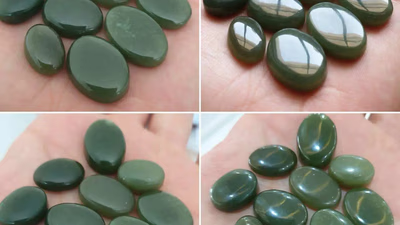
Myanmar"s Hpakant region is renowned for its high-quality jadeite, often called "Burmese jade. " This area has been a significant source of jade for centuries. Guatemala"s Motagua River Valley produces vibrant green jadeite, valued in the international market. China, with its rich jade culture, is known for nephrite jade from regions like Xinjiang and Hetian. Canada has emerged as a notable producer of nephrite jade, particularly in British Columbia. New Zealand"s South Island is famous for pounamu, which holds cultural significance for the Māori people. Australia and Kazakhstan also have significant jade deposits, with Australian jade known for its deep green color. The United States has nephrite deposits in Alaska and California, with notable locations like Big Sur.
Globally, much of the world"s jade is found around the Pacific Ocean rim due to geological processes. Countries like Russia and Central American nations also contribute to the global jade market, producing unique varieties prized for their colors and craftsmanship.
-
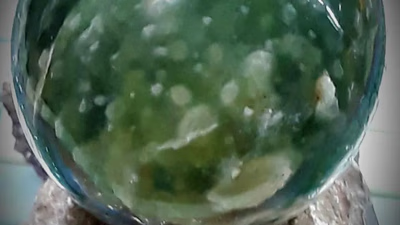
Jade is revered for its believed properties that promote balance, harmony, and well-being. It is thought to align the mind, body, and spirit, fostering a peaceful existence. The stone is associated with wisdom and clarity, enhancing mental faculties and decision-making abilities. Jade"s energy is said to support rational thinking and problem-solving while removing negative forces from environments. Green and purple jade are linked to the heart chakra, promoting emotional stability and deepening breathing. Additionally, jade is believed to strengthen memory and interpret dreams when placed under a pillow. Many consider jade a protective stone that shields against negative energies while attracting success and prosperity. Its calming influence helps alleviate anxiety and stress, encouraging emotional balance.
Furthermore, jade is thought to purify the body, supporting physical health and vitality by aiding the immune system. It also plays a role in spiritual growth by enhancing intuition and facilitating spiritual awakening. While these properties are rooted in traditional beliefs, many individuals find personal significance in incorporating jade into their lives. "
-

Jade is a durable gemstone but can be damaged by harsh chemicals, prolonged water exposure, and rough surfaces. To maintain its quality, avoid using household cleaners and remove jade jewelry during activities that may cause damage. For cleaning, use a soft cloth or brush with warm water and mild soap. Store jade in a soft pouch to prevent scratches and avoid extreme temperatures to prevent cracks. Jade consists of nephrite and jadeite, with nephrite being less valuable due to its lower hardness. Professional cleaning is recommended for intricate pieces or significant dirt buildup.
-
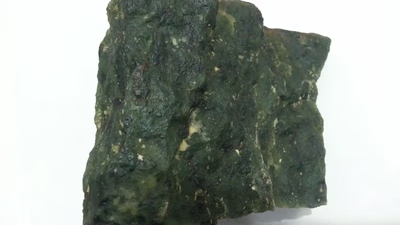
The price of green jade varies significantly based on factors such as color, transparency, purity, weight, and extraction location. Prices can range from $1 to $1 million depending on these attributes. The most valuable jade is sourced from Myanmar, with annual trading occurring in major centers like Rangoon and Hong Kong. In these markets, jade is sold in various forms including carved jewelry and antiques. The quality of jade is crucial; uncut or unprocessed pieces pose risks as they may be misrepresented. For instance, Myanmar green jade can cost between $5 to $2,500 per gram, while Khorasani jade from Iran is priced below $1 per gram. Black jade generally has a lower price point than green jade, with values around $2-3 per gram. Antique jade pricing is complex and requires expert evaluation due to factors like age and historical significance. Raw jade stones are often sold by weight; in Iran, prices for raw jade can be under $50 per kilogram but vary widely based on quality.
-
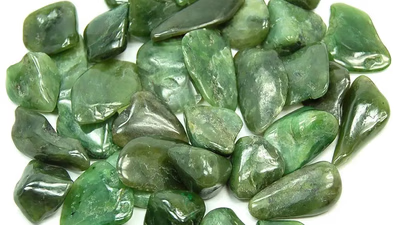
Visual examination is the first step in jade stone detection, focusing on characteristics like color, transparency, and texture. Experts compare stones to known samples and assess their overall appearance. Density and hardness measurements help distinguish between jadeite and nephrite, with jadeite being harder. The classification system categorizes jade into types A (Imperial), B (treated), and C (low quality). Misidentification can occur as jade resembles emeralds but differs in color variety and market value. Jade"s historical classification evolved from a single mineral to two distinct types recognized by mineralogists. Advanced techniques such as refractive index measurement, spectroscopy, and X-ray diffraction are essential for accurate identification. These methods help detect synthetic or treated stones, while UV light can reveal fluorescence patterns unique to jadeite.
Expertise from gemologists is crucial for authenticating jade due to the high market value of genuine specimens. Understanding these detection methods is vital for buyers to avoid counterfeit stones. "
-
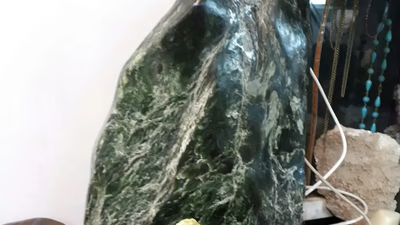
Jade quality is primarily determined by color, transparency, texture, and luster. Jadeite and nephrite exhibit a variety of colors, with vibrant hues being more desirable. Jadeite"s value increases with its transparency; high-quality jadeite is translucent, while nephrite is typically opaque. Jade is categorized into several grades: Category A represents high-quality jade with excellent color and transparency; Category B involves surface treatments that enhance appearance but compromise purity; Category C includes industrially dyed stones; Category B-C combines both methods; and Category D features a composite structure with plastic. Texture plays a crucial role in valuation, with smooth surfaces free from blemishes being preferred. Luster varies from matte to glassy, with bright reflections indicating higher quality. The craftsmanship involved in carving also significantly impacts jade"s value, as intricate designs and expert techniques enhance desirability.
-
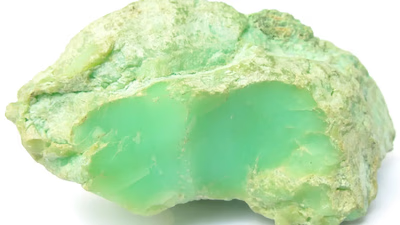
Jade is a gemstone with deep cultural significance, particularly in East Asia, where it symbolizes status, spirituality, and protection. In Chinese culture, jade is associated with virtues like wisdom and purity, believed to ward off evil spirits and provide spiritual protection. Various colors of jade exist, with the most valuable being the emerald green variety from Myanmar. Historically, jade carvings date back to 5,000 BC in China and have been used for good luck and healing properties. The value of jade is determined by its color, transparency, and texture; darker shades command higher prices. However, buyers must be cautious of counterfeit stones that are difficult to distinguish from genuine ones. The classification system includes "Imperial Jade" (Jade A), treated stones (Jade B), and low-quality dyed stones (Jade C). Consulting a reputable jeweler is essential to avoid purchasing fakes.
Jade"s connection to spiritual growth and enlightenment enhances its appeal as a bridge between physical and spiritual realms. Its beauty and rarity have captivated enthusiasts for centuries. "







